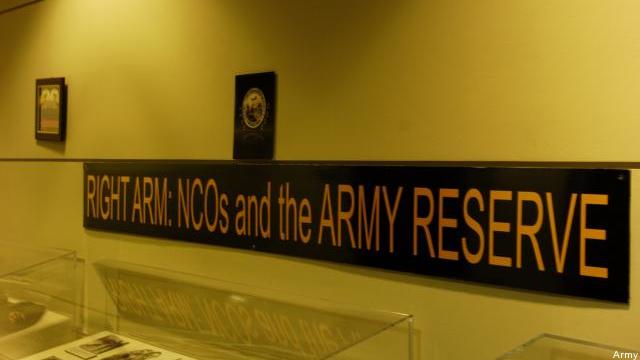 WASHINGTON: The chairman of the Reserve Forces Policy Board sees this as “the golden age of the reserve component” as the active land forces and three components of the Air Force draw down personnel and the Defense Department’s new strategic guidance calls for maintaining a reserve component that is ready and available when needed. Arnold Punaro, who also chaired the congressionally-created Commission on the National Guard and Reserve, said the reserve components were a “true bargain for the taxpayer,” but warned attendees at a Washington conference that they needed “to think smarter, not richer” when looking at maintaining operational readiness. Speaking Jan. 31, Punaro added that the Defense Department through the policy board is trying to determine the true cost of the reserve components versus active. He said the commission’s earlier study found the reserve components were 70 to 75 percent less expensive than the active component. The retired Marine Corps Reserve major general also said that mobilized reservists were less expensive than their active counterparts because they are not drawing on the department’s infrastructure – housing, schools, child care centers, etc. “We’ve go to get at the bottom line” in determining actual costs, he said.
WASHINGTON: The chairman of the Reserve Forces Policy Board sees this as “the golden age of the reserve component” as the active land forces and three components of the Air Force draw down personnel and the Defense Department’s new strategic guidance calls for maintaining a reserve component that is ready and available when needed. Arnold Punaro, who also chaired the congressionally-created Commission on the National Guard and Reserve, said the reserve components were a “true bargain for the taxpayer,” but warned attendees at a Washington conference that they needed “to think smarter, not richer” when looking at maintaining operational readiness. Speaking Jan. 31, Punaro added that the Defense Department through the policy board is trying to determine the true cost of the reserve components versus active. He said the commission’s earlier study found the reserve components were 70 to 75 percent less expensive than the active component. The retired Marine Corps Reserve major general also said that mobilized reservists were less expensive than their active counterparts because they are not drawing on the department’s infrastructure – housing, schools, child care centers, etc. “We’ve go to get at the bottom line” in determining actual costs, he said.
John Grady was the longtime communications director for the Association of the U.S. Army
Multi-ship amphib buy could net $900M in savings, say Navy, Marine Corps officials
Lawmakers gave the Navy authorities to ink a multi-ship amphib deal years ago, but the service has not utilized that power yet.


























